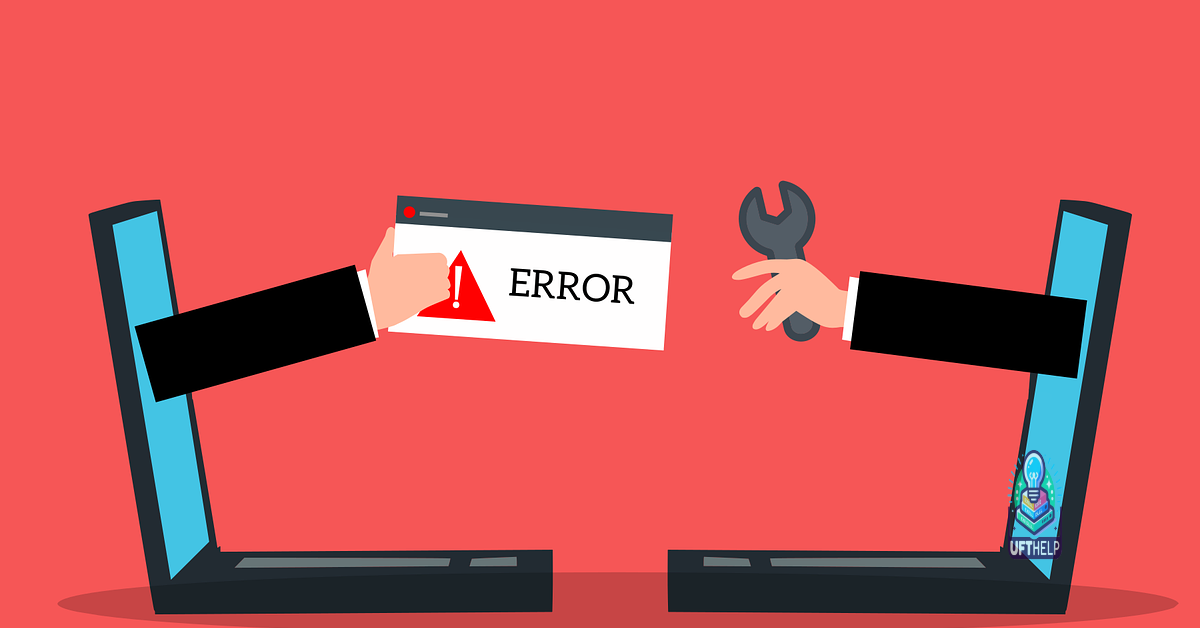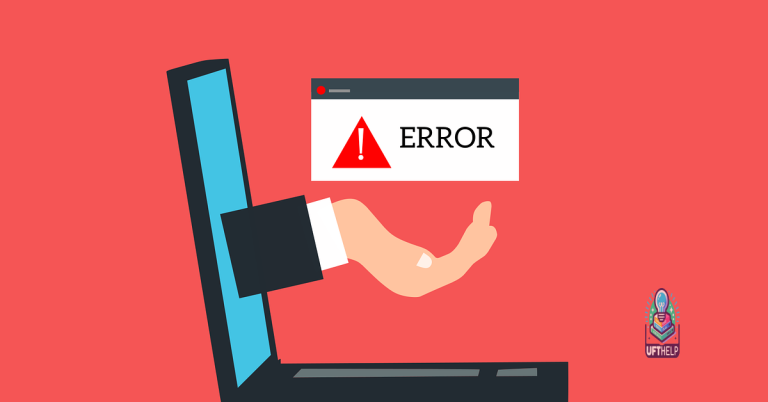Troubleshooting Safari Issues on Mac and iPhone
Having trouble with Safari on your Mac or iPhone? Look no further for solutions to your Safari issues.
Troubleshooting Unresponsive or Crashing Issues
If you’re experiencing unresponsive or crashing issues with Safari on your Mac or iPhone, here are some troubleshooting steps to help you resolve the problem.
1. Clear Cache and Cookies: Clearing the cache and cookies can often resolve browser issues. On Safari for Mac, go to the Safari menu, select “Clear History,” and choose the desired time range. Tick the box for “Clear history” and click “Clear History.” On Safari for iPhone, go to Settings, scroll down and tap on Safari, then tap on “Clear History and Website Data.”
2. Disable Extensions: Safari extensions can sometimes cause compatibility issues and result in crashes. To disable extensions on Safari for Mac, go to the Safari menu, choose “Preferences,” and select the “Extensions” tab. Uncheck the box next to each extension to disable them. On Safari for iPhone, go to Settings, scroll down and tap on Safari, then tap on “Extensions” and disable any enabled extensions.
3. Update Safari and macOS/iOS: Outdated software can lead to compatibility issues. Check for updates by clicking on the Apple menu and selecting “Software Update” on your Mac. On iPhone, go to Settings, tap on “General,” and select “Software Update.” Update Safari and your operating system if any updates are available.
4. Restart Safari: Sometimes, simply restarting Safari can resolve minor issues. Close the Safari app completely and relaunch it.
5. Reset Safari Settings: Resetting Safari settings can help fix persistent issues. On Safari for Mac, go to the Safari menu, select “Preferences,” and click on the “Privacy” tab. Click on “Manage Website Data,” then remove all website data. On Safari for iPhone, go to Settings, scroll down and tap on Safari, then tap on “Clear History and Website Data.”
6. Check Internet Connection: Ensure that you have a stable internet connection. If you’re experiencing issues with your Wi-Fi connection, try restarting your router or connecting to a different network.
7. Disable Safari Suggestions: Safari Suggestions can sometimes cause performance issues. On Safari for iPhone, go to Settings, scroll down and tap on Safari, then toggle off “Safari Suggestions.”
Remember, if you’re experiencing issues with specific websites, it could be a problem with the website itself. Contact the website’s support or try accessing it from a different browser or device to see if the issue persists.
If these troubleshooting steps don’t resolve the problem, you may want to consider contacting Apple support for further assistance. They can provide more specific guidance based on your device and software configuration.
Always keep your Safari and operating system up to date to ensure you have the latest security fixes and improvements. Additionally, providing feedback to Apple about any issues you encounter can help them improve their products and services.
Additionally, it fixes causes of freezing programs, missing or corrupt DLL files, and repairs the causes of Blue Screen of Death (BSoD). It can also compare and restore vital system files for OS recovery without affecting user data.
Managing Website Data and Extensions
![]()
- Clearing browser cache: Learn how to clear the cache on Safari to resolve website loading issues.
- Disabling extensions: Disable any installed extensions that might be causing compatibility problems or slowing down Safari.
- Updating Safari: Make sure you have the latest version of Safari installed to benefit from bug fixes and improvements.
- Resetting Safari settings: Resetting Safari can resolve various issues, but remember to back up your data first.
- Checking network connection: Ensure your Mac or iPhone is connected to a stable network to avoid website loading problems.
- Disabling content blockers: Temporarily disable content blockers to determine if they are causing issues with certain websites.
- Managing website data: Remove stored website data that might be causing conflicts with Safari or specific websites.
- Disabling auto-fill: Disable the auto-fill feature if it’s causing problems when filling in forms on websites.
- Resetting network settings: Reset network settings on your iPhone if Safari is experiencing persistent connectivity issues.
- Checking for malicious software: Scan your Mac for malware or unwanted software that could be interfering with Safari’s performance.
Addressing Opening Errors and Update Concerns
If you’re experiencing opening errors or update concerns with Safari on your Mac or iPhone, there are a few troubleshooting steps you can take to resolve the issue. Follow these direct instructions to address the problem:
1. Clear your cache and cookies: On Safari for Mac, go to the Safari menu in the menu bar and select “Clear History…” In the pop-up window, choose the desired time range and click “Clear History.” This will remove your browsing history, cookies, and other website data. On Safari for iPhone, go to Settings > Safari > Clear History and Website Data.
2. Disable extensions and plugins: Sometimes, incompatible or outdated extensions can cause issues with Safari. On Safari for Mac, go to the Safari menu in the menu bar and select “Preferences.” Click on the “Extensions” tab and disable any extensions that might be causing problems. On Safari for iPhone, go to Settings > Safari > Extensions and disable any installed extensions.
3. Reset Safari settings: If clearing your cache and disabling extensions didn’t solve the problem, you can try resetting Safari settings to their default values. On Safari for Mac, go to the Safari menu in the menu bar and select “Preferences.” Click on the “Privacy” tab and then click on “Remove All Website Data.” This will clear all cookies and other website data. To reset other settings, go to the “General” tab and click on “Reset Safari.” On Safari for iPhone, go to Settings > Safari > Clear History and Website Data, and then tap on “Advanced” > “Website Data” > “Remove All Website Data.”
4. Update Safari and macOS/iOS: Make sure you have the latest version of Safari and macOS/iOS installed on your device. On Mac, go to the Apple menu and select “System Preferences.” Click on “Software Update” and follow the instructions to update your Mac. On iPhone, go to Settings > General > Software Update and download and install any available updates.
5. Check your internet connection: Poor internet connectivity can cause issues with Safari. Make sure you have a stable and reliable internet connection. If you’re using Wi-Fi, try restarting your router or connecting to a different network.
6. Contact Apple Support: If you’ve tried all the troubleshooting steps above and are still experiencing issues with Safari, it may be helpful to reach out to Apple Support for further assistance. They can provide you with more specific guidance based on your device and software version.
Essential Steps for Restoring Functionality
| Step | Description |
|---|---|
| 1 | Clear browser cache and cookies |
| 2 | Update Safari to the latest version |
| 3 | Restart Mac or iPhone |
| 4 | Check for conflicting browser extensions or plugins |
| 5 | Disable Safari extensions temporarily |
| 6 | Reset Safari settings to default |
| 7 | Scan for malware or viruses |
| 8 | Restore Safari preferences and settings |
| 9 | Reinstall Safari or restore the device |
Frequently Asked Questions
Why is Safari not working properly?
Safari may not be working properly due to incorrect network settings or a problem with the website. To resolve this, you can check your network settings or reset them by creating a new network location on your Mac. If the issue persists across other devices and web browsers on the same network, it is likely a problem with the website itself, and you should reach out to the website developer for assistance.
Is there a problem with Safari today?
No, there are currently no problems detected with Safari.
Why is Safari not loading some websites?
Safari may not be loading some websites because the website server may be busy or temporarily unavailable. Another possibility is that there could be a firewall in a corporate or enterprise network that is preventing access to the webpage. It is recommended to seek assistance from a network administrator for further help.
How do I reset Safari?
To reset Safari, open the Safari browser and select Safari in the menu at the top of the screen. From the drop-down menu, choose Reset Safari. A warning dialog will appear, showing the items that will be removed. Finally, click on the Reset button to complete the process.
I am experiencing some difficulty with Safari and could use some assistance. Download this tool to run a scan



